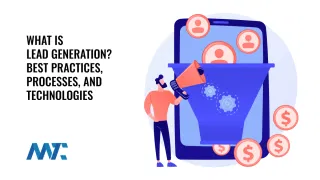A potential customer who has experienced meaningful value from a product through actual usage shows signs of readiness to buy, upgrade, or expand. Unlike traditional leads identified through marketing interactions (like downloading a whitepaper), PQLs are determined based on in-product behavior that indicates buying intent or suitability for sales engagement.
How PQLs Differ from MQLs and SQLs:
- Marketing-Qualified Lead (MQL): Identified based on marketing engagement (e.g., filling out a form, attending a webinar).
- Sales-Qualified Lead (SQL): Deemed ready for direct sales engagement based on manual qualification or discovery calls.
- Product-Qualified Lead (PQL): Identified based on product usage signals—typically before or instead of any formal sales touchpoint.
PQLs are common in product-led growth (PLG) companies where users can try the product before paying. A PQL has already crossed the activation or value realization threshold and often requires less convincing, only guidance, to convert. Common PQL signals include:
- Completing key onboarding steps (e.g., setting up a workspace or adding team members)
- Reaching a usage threshold (e.g., number of projects created or meetings held)
- Engaging with premium features during a trial
- Returning to the product frequently or over a sustained period
- Inviting collaborators or demonstrating viral behaviors
- Hitting plan limitations (e.g., running out of usage credits)
These signals are typically tracked using product analytics tools and connected to the CRM to inform sales engagement.
Why PQLs Matter
PQLs shift the sales team’s focus from cold outreach to value-based conversations. Because these leads are already using and benefiting from the product, they tend to convert at higher rates, move through the funnel faster, and exhibit stronger retention post-sale. For PLG companies, PQLs are critical to building a sales-assist motion that complements self-serve growth. The benefits of Using PQLs include:
- Higher conversion rates: PQLs often convert to paying customers at significantly higher rates than MQLs.
- Lower customer acquisition cost (CAC): Sales teams engage only after the user has shown intent, making their time more efficient.
- Better customer fit: Usage-based scoring weeds out unqualified leads early.
- Sales and product alignment: Sales teams use actual usage data to tailor their outreach and recommendations.
- Accelerated deal cycles: PQLs typically require less education and hand-holding.
Examples of PQL in Action:
- A user who shares a Figma design with five teammates and uses up their free plan’s editor limit
- A team that hosts its first 10 meetings on Zoom and begins recording sessions
- A Notion user who creates multiple databases and invites their manager
- A developer who makes a certain number of API calls within a free plan on a dev tool
Implementing a PQL Model
To operationalize PQLs, companies need a combination of:
- Product analytics
- A customer data platform
- CRM integration
- A scoring model that defines key thresholds and milestones
- Coordination between product, sales, and customer success teams
Additional Acronyms for PQL
- PQL - Product Qualified Lead
